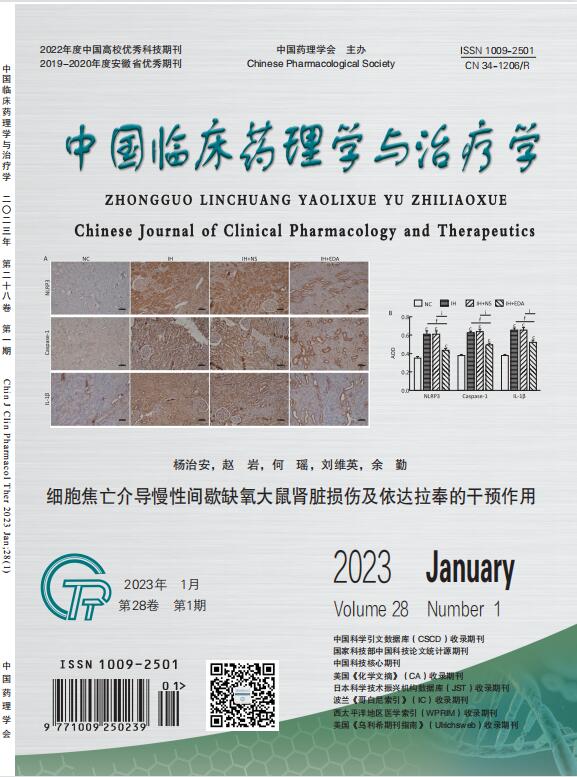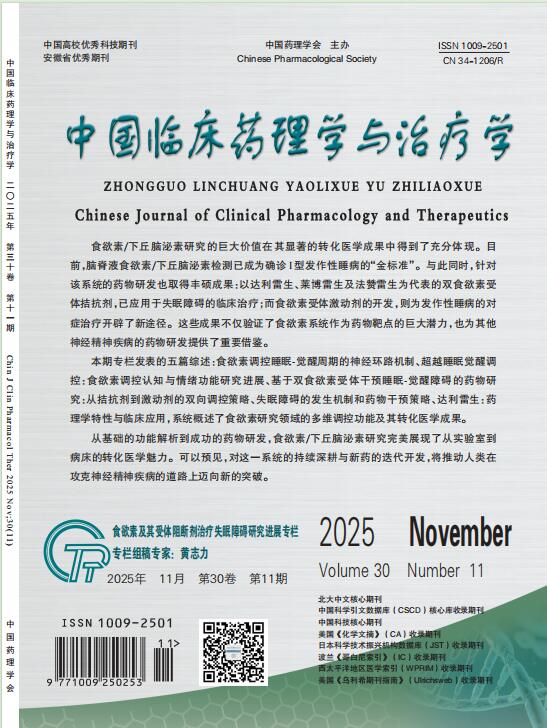AIM: To explore the effects of dendritic cells (DC) and cytokine-induced killer cells (CIK) carrying melanoma-associated antigen gene A3 (MAGE-A3) on endometrial cancer tumor stem cells and malignant progression. METHODS: Human peripheral blood was collected to separate mononuclear cells, and DC and CIK cells were induced by cytokines, respectively. DCs were incubated with MAGE-A3 and then co-cultured with CIK, and the phenotypes of DC-CIK and MAGE-A3-DC-CIK were detected by flow cytometry; The CD133+ stem cells of the endometrial cancer cell line Ishikawa were sorted by flow cytometry, the endometrial cancer stem cells were used as target cells, and CIK, DC-CIK and MAGE-A3-DC-CIK were used as effector cells, respectively, MTT method was used to detect the cytotoxic activity of effector-target ratios of 10∶1, 20∶1 and 40∶1, ELISA method was used to detect IFN-γ, IL-2, IL-12 and IL-17 in the supernatant of the combined cultured cells, Annexin V-FITC/PI double staining was used to detect the apoptosis of endometrial cancer stem cells; A nude mouse model of endometrial cancer stem cell transplanted tumor was established, DC-CIK or MAGE-A3-DC-CIK was injected into the tail vein, and the tumor growth in nude mice was observed. The tumor size was measured every 2 days, after 21 days, the tumor tissue was taken and weighed on an electronic balance. HE staining was used to detect e the pathological changes of tumor tissues, and immunohistochemical staining was used to detect Ki-67 expression in tumor tissues. RESULTS: The expressions of CD80, CD86 and HLA-DR on the isolated DC surface were 88%, 86% and 90%, respectively. The ratios of CD8+CD3+ and CD56+CD3+ on the surface of MAGE-A3-DC-CIK group were higher than those of DC-CIK group (P<0.01); After sorting by magnetic beads, endometrial cancer stem cells with a proportion of CD133+ cells as high as 90.23% were obtained; Compared with CIK group and DC-CIK group, MAGE-A3-DC-CIK group has higher killing ability on endometrial cancer stem cells under different target ratios, the secretion level of IFN-γ, IL-2, IL-12, IFN-γ and IL-17 in the cell supernatant were increased, and the apoptotic rate of endometrial cancer stem cells treated with the culture medium supernatant was increased, the difference were statistically significant (P<0.01); At the same time, compared with the control group and DC-CIK group, the tumor volume of the transplanted nude mice in the MAGE-A3-DC-CIK group was smaller, the tumor weight was lighter, the cells in the tumor tissue were sparse, and the rate of Ki-67 positive cells was reduced, the difference were statistically significant (P<0.01). CONCLUSION: The co-culture of DC loaded with MAGE-A3 and CIK can promote the maturation of CIK, improve the lethality of endometrial cancer stem cells, and inhibit the malignant progression of transplanted tumor in nude mice.


